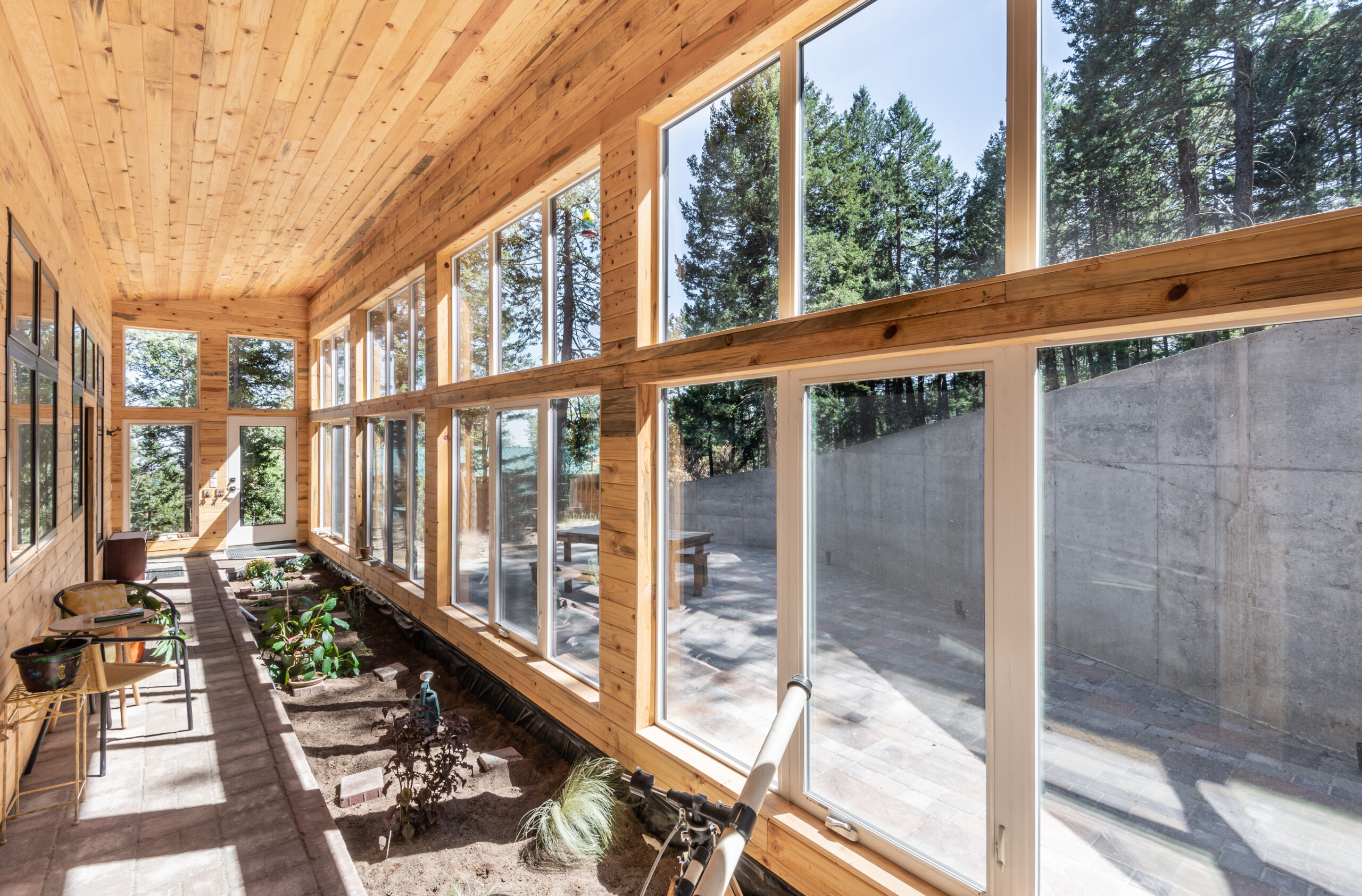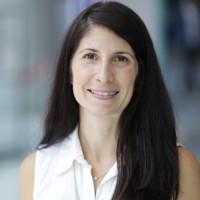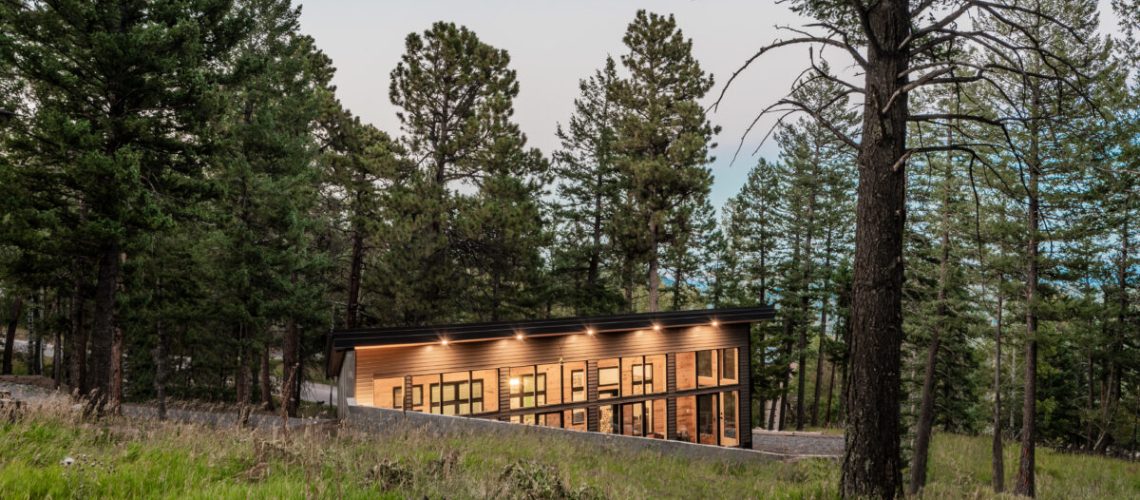While I was looking for a plot of land to build not your average dream home as described in the first article in this series, in parallel I was in search for the right architect and builder. Since I had been dreaming about and researching different types of sustainable homes for years, I already had a fairly detailed idea of what I wanted to build. But since I am no expert, I was in search of professionals who could implement my vision and improve upon it.
When I was evaluating land, I tried to take into account some of the requirements for my design concept, such as orientation and shading, but I was advised against designing the house before I found a piece of land. This is one of the first differences in building a sustainable home versus a standard house. Unlike a standard-built house that is solely designed to separate us from the elements, “a sustainable home requires that it be in harmony with its context and environment,” explained Josh Oqueli, owner of Bonsai Design Build.
During my search for the right architect and builder, I ran into a few challenges. The first was that while energy-efficient, sustainable homes would be one of the best ways to reduce energy demand, dependency on the grid, and carbon footprints, there are not a lot of experts out there. That’s because the architecture and construction industries are relatively conservative – professionally speaking.
Often when I described the concepts that I wanted to deploy, such as passivhaus, thermal mass, or biotecture, many architects and builders would resort to talking about structural insulated panels (SIPs) – which addresses only one element of the much more sophisticated way that I wanted to achieve sustainability and high performance. That’s because, as Oqueli explained, “Most architects have a working knowledge of sustainable building practices. Few have a command of high-performance building principles and even less know about biotecture practices.”
Another common hurdle that I ran into was finding experts who would meet my design and budget considerations. For instance, many did not want to build a smaller house, while others specialized in top-end houses. And I wanted to work with someone who believed that not only the ultra-wealthy are deserving of sustainability. That’s when I found Bonsai Design Build, a Denver-based certified-passivhaus designer and builder that offers turnkey solutions, from napkin sketch through certificate of occupancy.
With a dedicated team of six, they offer full services in the Denver metro area and architectural-only services throughout the country. When reviewing the company’s website and credentials, the Morrison Earth House in its portfolio jumped out to me as it incorporated both the passivhaus and biotecture design concepts that I wanted, such as a south-facing greenhouse, a building envelope, and rainwater catchment.
The design of this house was inspired by Michael Reynolds Earthships, which Oqueli describes as “the most revolutionary… and zenith of good architecture [because these homes] are designed to not only shelter life but also sustain.”
Without knowing it at the time, by focusing on the company’s completed projects, I was already following my future-architect’s advice for finding a design-build professional as he later said, “Certifications are good, but practical experience is usually better. It is a steep learning curve to command high-performance building principles and even more difficult to put them into practice.”
And so, I reached out to Josh Oqueli, owner of Bonsai. Oqueli has been an architect for 19 years, but 10 years ago he founded Bonsai because he thought “our buildings and the built environment at large is in desperate need for good architecture,” which he defines as keeping the elements out and looking and feeling good.

Speaking about the industry’s current design and structure problems, Oqueli explained, “The way we currently design and build structures is not in harmony with the Earth on multiple fronts. Most homes are designed to last thirty years, just enough to withstand a conventional mortgage timeframe. Our current code structure established a bare minimum threshold for human habitation. The industry at large has migrated towards liability avoidance and cheap building practices. All of these factors combined have put us in a precarious place where a large part of our building stock, I’d say 90+%, is hugely energy inefficient and barely habitable.”
When describing what is needed to change this dynamic, Oqueli explained “Conscious people who are willing to break the conventional mold and do what is right to elevate the harmonious buildings, which will in turn elevate the human spirit.”
That’s why in his practice, Oqueli brings a multidisciplinary skillset to the table, such as a solid understanding of high-performance building science, golden proportions, universal laws, and human consciousness.
When Oqueli and his team look at designing and building a sustainable house, they look at it on a spectrum and based on what the client’s commitment is to sustainability – from building practices to high-performance building principles and all the way to biotecture. But he says that the biggest misconception about building a sustainable house is that it needs to be net zero. He clarified that “net zero can be easily achievable because the building is high performance.”
“Successful application of [passivhaus building principles] will yield a low energy use building that can harmoniously integrate with its environment. A conventional home will consider code requirements, ignore its context, and strive for construction economies.”
Because a significant amount planning and thought is put into the design process of a sustainable house, there tends to be more upfront investment during the process – both in terms of time and budget. For instance, Oqueli explains how this means designing differently for various climates, “In colder regions, the need is to harness the sun and keep that energy within the building. In hotter regions, we need to shelter the building from the sun’s intense energy while creating natural ventilation. Completely different strategies in building envelope assembly, mechanics and if delving into the biotecture dimension.”
But these upfront costs pay off in the long run with high-performance building techniques leading to lower ongoing costs, potentially even negative, and as Oqueli emphasizes that is the definition of sustainability.
After working with Bonsai for a few months, going back and forth to optimize the intial design both for sustainability purposes and my personal vision, they have taken my napkin sketch and drastically improved it by combining both art and science, and turned it into an actual plan. While Bonsai offers full design and build services, since I decided to build in Minnesota due to climate collapse concerns, my next step is to find a local builder that has the skills, experience, and passion to turn this plan into not an average dream home.
Read the first in the series Building not your average dream home.

Jessica Fishman is a strategic marketing professional with nearly 20 years’ experience, including seven years as head of global public and media relations at inverter maker SolarEdge. Passionate about addressing climate change by accelerating the clean energy transition, she has worked at leading renewables companies, building marketing and communications departments.




